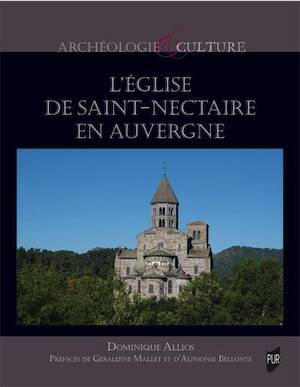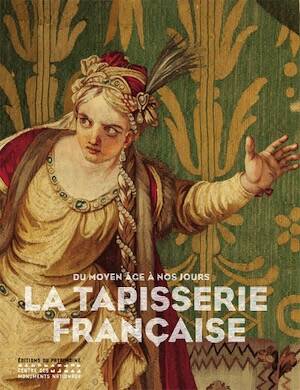- Recherche
- Recherche avancée
Armour from the Battle of Wisby, 1361, 482 p., plus de 600 ill. -
On an unseasonably hot 27th day of July, 1361, outside the city of Wisby onthe Swedish island of Gotland, 1,800 hastily assembled peasants gathered to defend their city from the onslaught of King Waldemar of Denmark, then embroiled in a struggle to wrest the rich Hanseatic League city from the Swedish king. Equipped in outmoded equipment but selecting a good defensive place for their stand, the levy was unable to replicate the victories of Edward III or the Black Prince and were slaughtered where they stood, cut down by heavy crossbows and hewn by axe and sword. Several days went by before the city capitulated whole the bodies decayed in the hot sun. When Wisby's inhabitants were finally able to emerge and bury the dead, all that could be done was to dig large pits and quickly lower the bodies, some still encased in their armour. The Battle of Wisby is perhaps the most celebrated medieval battle in Scandanavia, and yet were it not for the mass graves it would be all but unknown to Western students of medival history. The peat bog into which the bodies were buried preserved not only their bones but also elements of their harness and accoutrement, leaving what is without doubt the most important archeological record for the period. Preserved in the graves are the bones of the slain--recording their gruesome wounds for all time--elements of their armour, coins and dress accessories. The wealth of material is unmatched even in the recently released studies of the Tewksbury graves and are unique in the fine examples of armour for which there is no parallel find. Published originally in 1939, Bengt Thordeman's work remains the most important record of the battle. It has been cited in virtually every bibliography on the subject of arms and armour, but it has also proven a key work in the study of medieval wound pathology, chronicled what is known of the battle from a historical point of view and been used as a key source for the dating of medieval coins. Long out of print, countless library copies have been harnessed by students of arms and armour, reenactors, and wound pathologists. Inside the student and enthusiast will find details on lamellar armour, mail, gauntlet construction, sabatons, coins, spurs, several hauberks, detailed wound pathology charts, and more than 25 complete armours reconstructed sufficiently so that even a novice can reproduce them. This reprint edition aims to make this work more widely available, combining the original two volumes into one. All original content is included, including more than 1,000 photographs and schematic reconstructions of early 14th century armour. A new introduction places the work in context and highlights some of the reconstructions and studies that have relied on this complete, lucid, and beautifully produced work. A must for collectors, students of medieval history, arms and armour enthusiasts, wound pathologists, medieval archeologists, collectors of medieval artifacts and coins.
Référence : 32385.
Anglais
186,00 €
Dans la même époque
Nouveauté

29,00 €
Nouveauté

35,00 €
Nouveauté

39,00 €

